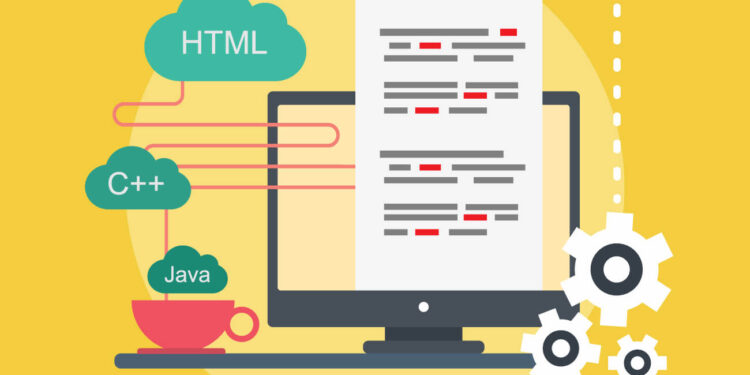HTML, or HyperText Markup Language, is the standard markup language used for creating web pages. It is the backbone of the web and is essential for anyone looking to create websites or web applications. However, HTML can be overwhelming for beginners, and it can be challenging to remember all the various tags and attributes. That’s where an HTML cheat sheet comes in handy.
An HTML cheat sheet is a quick reference guide that contains the essential HTML tags, attributes, and their usage. It’s a one-page document that can be printed out or saved to your computer or mobile device for easy access. An HTML cheat sheet is an excellent tool for beginners and experienced developers alike, as it can help you save time and ensure accuracy in your coding.
Here are some of the essential elements that you’ll find on an HTML cheat sheet:
-
Document Structure:
The document structure of an HTML document consists of the HTML tag, which encapsulates the entire document. Inside the HTML tag, you’ll find the head and body sections, which contain important information about the document, such as the page title, metadata, and the content of the page.
<!DOCTYPE html> <html> <head> <title>My Web Page</title> </head> <body> <!-- Content goes here --> </body> </html> -
Head Section:
The head section of an HTML document contains metadata that describes the document, such as the page title, keywords, and description. It also includes links to external files, such as stylesheets, JavaScript files, and icons.
<head> <title>My Web Page</title> <meta name="description" content="This is my web page"> <link rel="stylesheet" href="styles.css"> <script src="script.js"></script> <link rel="icon" href="favicon.ico"> </head> -
Body Section:
The body section of an HTML document contains the content of the page, such as headings, paragraphs, images, and links. It also includes various types of HTML tags, such as lists, tables, forms, and media tags.
<body> <h1>Welcome to My Web Page</h1> <p>This is a paragraph.</p> <img src="image.jpg" alt="Description of the image"> <a href="https://www.example.com">Visit Example</a> <ul> <li>Item 1</li> <li>Item 2</li> </ul> <table> <tr> <th>Name</th> <th>Age</th> </tr> <tr> <td>John</td> <td>25</td> </tr> </table> <form> <label for="name">Name:</label> <input type="text" id="name" name="name"> <input type="submit" value="Submit"> </form> <audio controls> <source src="audio.mp3" type="audio/mpeg"> </audio> </body> -
Tags:
HTML tags are used to define the structure and content of an HTML document. Some of the most commonly used HTML tags include the heading tags, paragraph tags, anchor tags, image tags, and list tags.
<h1>This is a heading level 1</h1> <p>This is a paragraph.</p> <img src="image.jpg" alt="Description of the image"> <a href="https://www.example.com">Visit Example</a> <ul> <li>Item 1</li> <li>Item 2</li> </ul> <table> <tr> <th>Name</th> <th>Age</th> </tr> <tr> <td>John</td> <td>25</td> </tr> </table> -
Attributes:
HTML attributes provide additional information about an HTML element. Attributes can be used to specify the size and position of an image, the target URL of a link, and the type of input element in a form.
<img src="image.jpg" alt="Description of the image" width="300" height="200"> <a href="https://www.example.com" target="_blank">Visit Example</a> <input type="text" name="name" placeholder="Enter your name">
An HTML cheat sheet typically includes a list of the most commonly used HTML tags and their associated attributes, as well as examples of how to use them in practice. Some cheat sheets also include a list of common CSS styles and their usage.
Using an HTML cheat sheet can save you time and help you ensure that your code is accurate and consistent. It’s a valuable tool for both beginners and experienced developers, as it provides a quick reference guide to the essential elements of HTML. Whether you’re creating a simple website or a complex web application, an HTML cheat sheet is an essential resource that you’ll want to have on hand.












